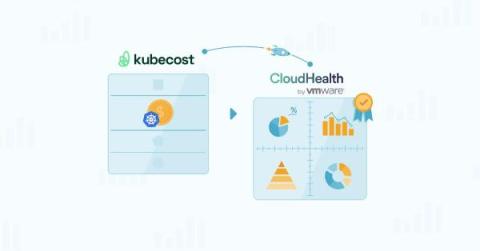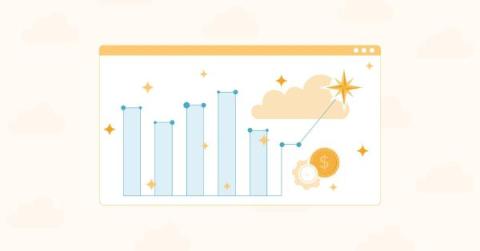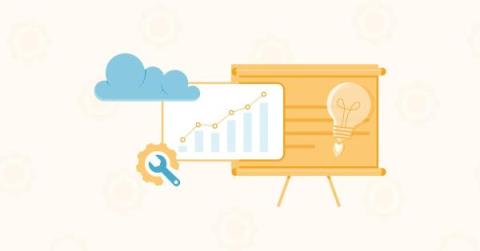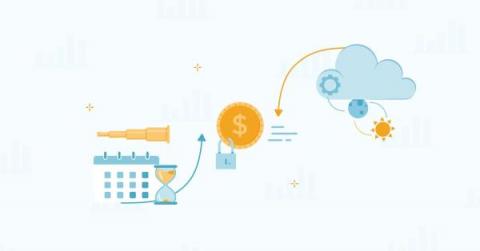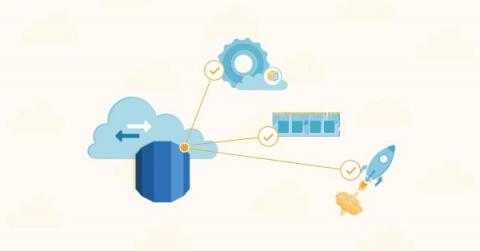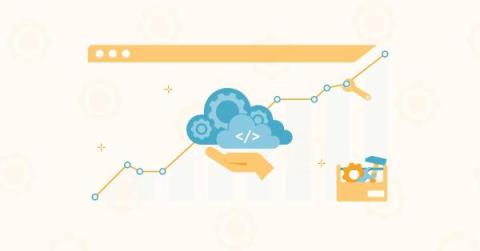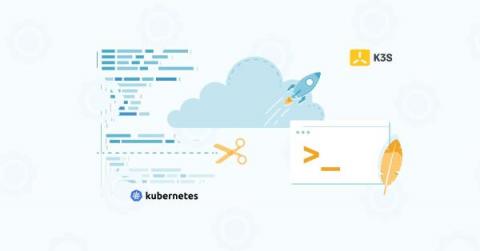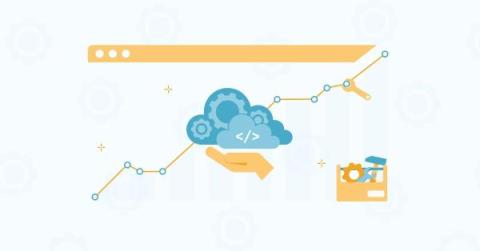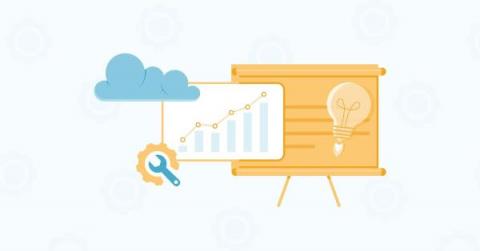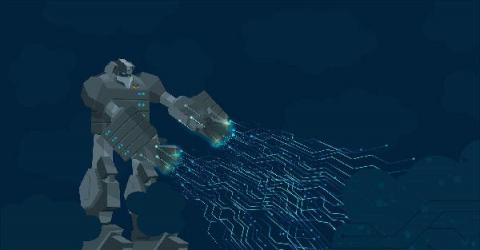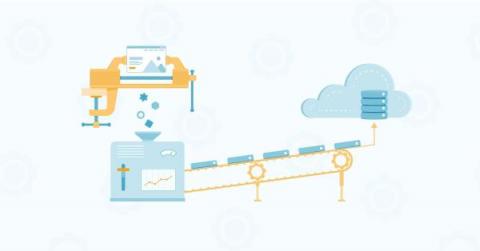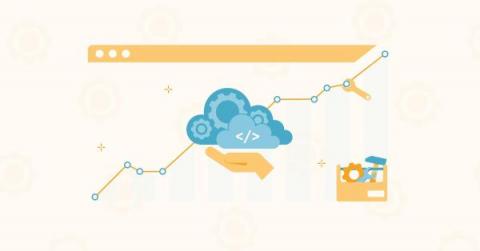31 Crucial DevOps Automation Tools Your Team Needs In 2023
As technology advances and business environments become increasingly competitive, your DevOps team has to continuously improve your product. The challenge is to free up their time so that they can release new product features and improve existing ones. Automating repetitive tasks is one way to accomplish this. Manual approaches also tend to generate or miss errors, slow time to market, and fail to test and monitor system health quickly enough.



